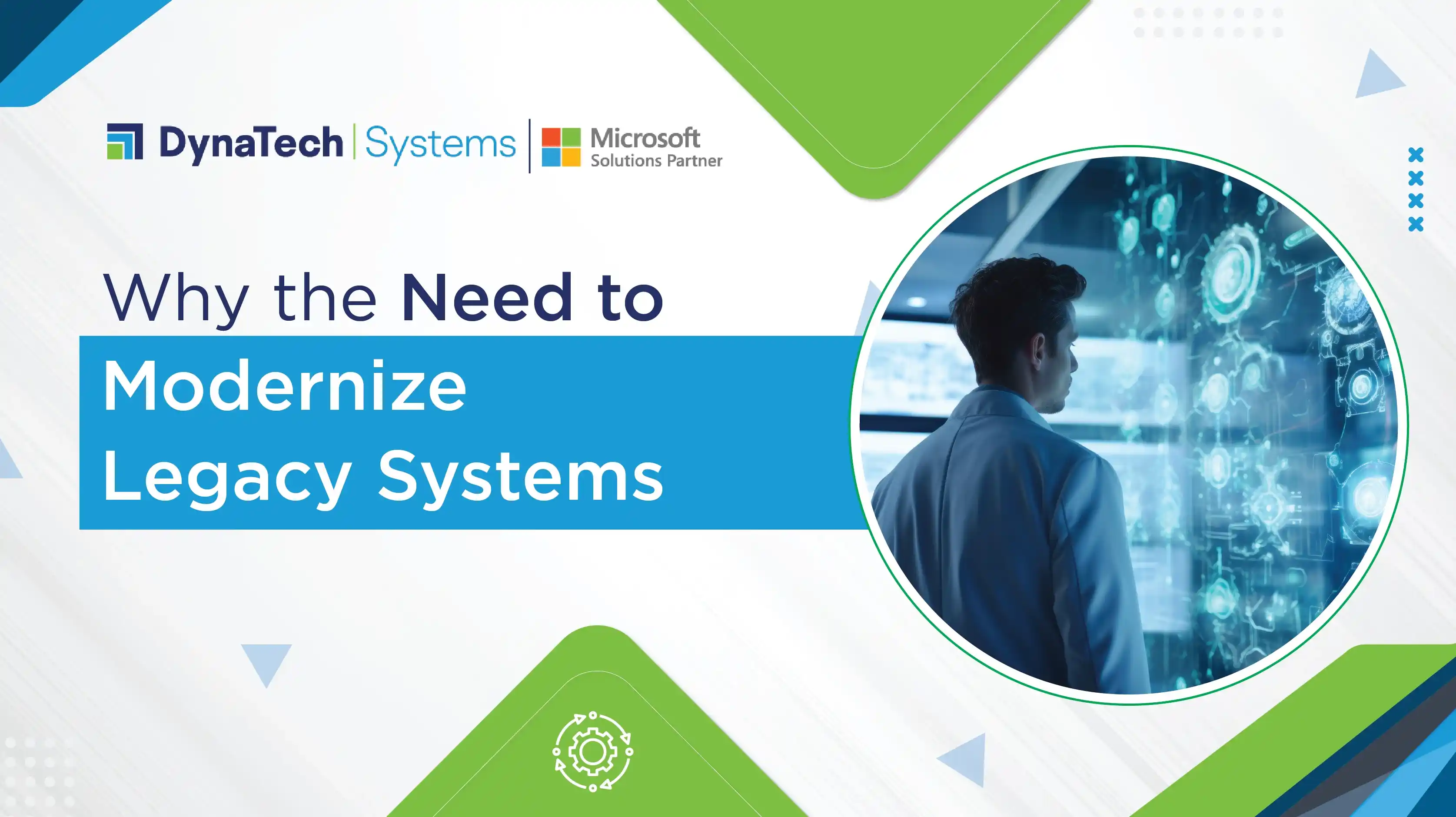Technology moves fast. What seemed cutting-edge a decade ago is now a roadblock. Businesses today can’t afford to rely on outdated systems. They slow things down, increase costs, and make it harder to compete. That’s why legacy modernization is no longer optional. It’s a necessity.
But before diving into the why, let’s clear up a common question—what is a legacy system? Simply put, it’s any outdated software, hardware, or infrastructure that no longer meets business needs. It could be an old ERP, a decades-old mainframe, or a system running on obsolete programming languages. If a system is hard to maintain, lacks integration capabilities, or can’t scale, it’s a legacy system. And it’s holding your business back.
Why Businesses Hold on to Legacy Systems
If legacy systems create so many problems, why do companies still use them? The reasons vary. Some fear high costs. Others worry about disruption. Then there’s the “if it ain’t broke, don’t fix it” mindset. But here’s the reality—keeping legacy systems often costs more in the long run.
- High Maintenance Costs: Older systems require constant patching and fixes. Vendors may have discontinued support, forcing companies to rely on expensive workarounds.
- Security Risks: Legacy systems are vulnerable. Without regular updates, they become easy targets for cyber threats.
- Integration Issues: They don’t play well with modern tools, making data sharing difficult.
- Scalability Challenges: As businesses grow, legacy systems struggle to keep up. Performance suffers. User experience declines.
- Compliance Concerns: Many legacy systems fail to meet new regulatory standards, leading to potential legal issues.
The Urgency of Legacy Modernization
The modern business landscape demands agility. Customers expect seamless digital experiences. Employees need efficient tools. Sticking to outdated systems puts organizations at a disadvantage. Legacy system transformation is the key to staying competitive.
1. Enhanced Security and Compliance
Cybersecurity threats are evolving. Legacy systems lack modern security frameworks, making them easy targets. Updating systems ensure compliance with industry regulations and safeguards sensitive data.
2. Improved Performance and Scalability
Cloud-based solutions and modern architectures offer better speed, reliability, and scalability. Businesses can handle growing data volumes and user demands without performance bottlenecks.
3. Cost Savings in the Long Run
While modernization requires investment, it pays off. Companies save on maintenance, reduce downtime, and eliminate inefficiencies. A well-structured modernization strategy leads to long-term financial gains.
4. Better Customer and Employee Experience
No one likes slow, clunky systems. Customers expect fast, intuitive services. Employees work better with user-friendly interfaces. Modernizing legacy systems improves both.
Approaches to Legacy System Transformation
Modernization isn’t one-size-fits-all. Companies must choose the right approach based on their needs and budget. Here are a few common strategies:
1. Rehosting (Lift and Shift)
This is the quickest way to modernize. Companies move existing applications to the cloud with minimal changes. It reduces infrastructure costs and improves accessibility.
2. Replatforming
Slight modifications are made to optimize systems for the cloud. This enhances performance without a complete overhaul.
3. Refactoring or Rearchitecting
This involves restructuring code and architecture to align with modern frameworks. It’s more complex but yields long-term benefits.
4. Rebuilding
Starting from scratch may sound drastic, but it ensures a future-proof solution. Businesses build new applications tailored to current and future needs.
5. Replacing
Sometimes, it’s best to replace an old system entirely with a new, off-the-shelf solution. This is common with ERPs, CRMs, and financial software.
Overcoming Modernization Challenges
Change isn’t easy. Legacy modernization comes with hurdles. But they can be tackled with the right strategy.
1. Addressing Cost Concerns
Many companies hesitate due to budget constraints. But delaying modernization often leads to higher costs. A phased approach can make the transition smoother.
2. Minimizing Downtime
Business continuity is crucial. Cloud migration, hybrid models, and parallel runs ensure minimal disruption during modernization.
3. Managing Resistance to Change
Employees accustomed to old systems might resist new technologies. Proper training and communication ease the transition.
4. Ensuring Data Migration and Integration
Data is a company’s most valuable asset. Seamless migration and integration with modern platforms prevent data loss and inefficiencies.
The Future of Business is Modern
Legacy systems are roadblocks. They slow growth, increase costs, and pose security risks. The future belongs to businesses that embrace change. Legacy system transformation isn’t just about replacing old tech. It’s about creating a foundation for innovation.
Companies that modernize are more agile, efficient, and ready for what’s next. The sooner businesses act, the better positioned they’ll be in a digital-first world.
So, is it time to let go of your legacy system? The answer is clear. Modernize now or risk falling behind.
DynaTech Systems specializes in digital transformation, helping businesses seamlessly transition from legacy systems to modern solutions. Our experts assess your current infrastructure and design tailored modernization strategies. Ready to future-proof your business? Contact us today.




























